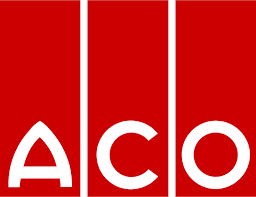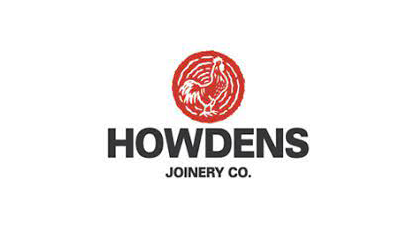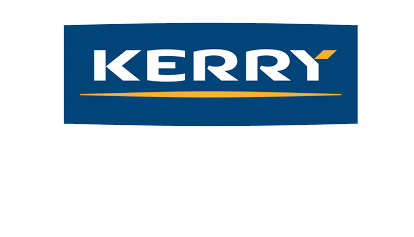
- Details
- Category: Blog
Understanding Reliability Drivers
Analysis shows that around 50% of unplanned downtime failures are due to skill and knowledge gaps.
Another 30% of failures are caused by poorly defined set up and inspection standards resulting in worn out or damaged parts.
In other words around 80% of causes of unplanned downtime are avoidable but overlooked.
Because of that, actions to prevent breakdowns depend as much on winning hearts and minds as it does on the level of technical competence.
Overcoming Barriers to Reliability
Getting to first base will involve winning hearts and minds of key personnel by helping them to gain a deeper understanding of the cause/effects and countermeasures to poor reliability.
That is not as difficult as it may sound because on most occasions, after restoring damaged or worn components, to prevent future breakdowns involves actions to refine work routines and develop skills to:
- Identify excess wear earlier.
- Prevent accelerated wear.
- Reduce the risk of human error
Most leaders will buy into actions to do that once they realise that there are pretty rapid gains to be made from dealing with problem hot spots by refining work routines so that they are easy to do right, difficult to do wrong and simple to learn.
This is something that is best achieved using practical improvement projects on problem assets carried out by small cross functional teams alongside their normal duties. That way they can:
- Try out and refine ideas.
- Demonstrate what works.
- Guide the development of capability and transfer lessons learned to other assets.
In parallel with the asset based actions, lessons learned can be captured as policy guidelines to enhance daily management routines for:
- Setting and tracking the glide path to higher levels of reliability.
- Responding to unplanned downtime to prevent reoccurrence.
- Removing the skill and knowledge gaps that contribute to breakdowns.
- Standardising core and critical tasks to speed up learning and ease of compliance.
- Driving progress along the glide path to higher levels of reliability.
Where DAK can help.
Our support plans are designed to deliver practical gains over bite sized 3 month/90 day improvement cycles covering:
A. Awareness and Diagnostic sessions to set out foundation concepts and support an assessment of current status. Outputs include action plans, issue prioritisation and targeting to apply lessons learned.
B. Training and Mobilisation Workshops to identify the detailed trouble map and begin practical steps to deal with gaps and barriers to progress during the next 90 day improvement cycle.
C. Implementation Coaching and guidance to develop skills, lock in the gains and transfer lessons learned.
The content of support plans is defined to suit the needs of the improvement challenge, the current status of the organisation and capabilities of those involved. Below is an example of a DAK Academy support pan to break out of reactive maintenance.
A. AWARENESS AND DIAGNOSTIC SESSION:
Reliability for Manufacturing Leaders
Format: 2 Hour session face to face or on line
This 2 hour working session for between 2 and 8 people provides an insight into how award winning and well respected organisations systematically deliver reliable, stable operations.
That includes sessions to support a comparison of current status against best practice benchmarks to help delegates to:
- Identify current areas of strengths and weaknesses
- Highlight priorities for attention
- Set out next steps for senior managers, functional heads and front line teams to progress towards higher levels of reliability.
Find out more about the course or book now by clicking on this link
B. Mobilisation Training Workshop:
Maintenance Planning, Scheduling and Work Control
Formats: In House training Workshop or Online
This training workshop provides a practical insight into best practice maintenance planning, scheduling and work control. That includes exercises to develop a customised pro-active maintenance planning approach as a driver for year on year improvement in maintenance effectiveness.
Learn how industry leading performers systematically progress from:
- Reactive ("fix-it-when-it-breaks") maintenance towards
- Predictive, productive asset management ("Stabilise and extend component life, predict when to fix-it-before-it-breaks and eliminate the causes of breakdowns").
C. Implementation Support:
Drafting and Reviewing Asset Care Plans
Format: Remote/Online Training
This course provides participants with an understanding of best practice asset care principles and practical advice on how to achieve high levels of reliability. That includes the review of existing practices to understand and deal with the underpinning causes of problem hot spots.
Find out more about the course or book now by clicking on this link








